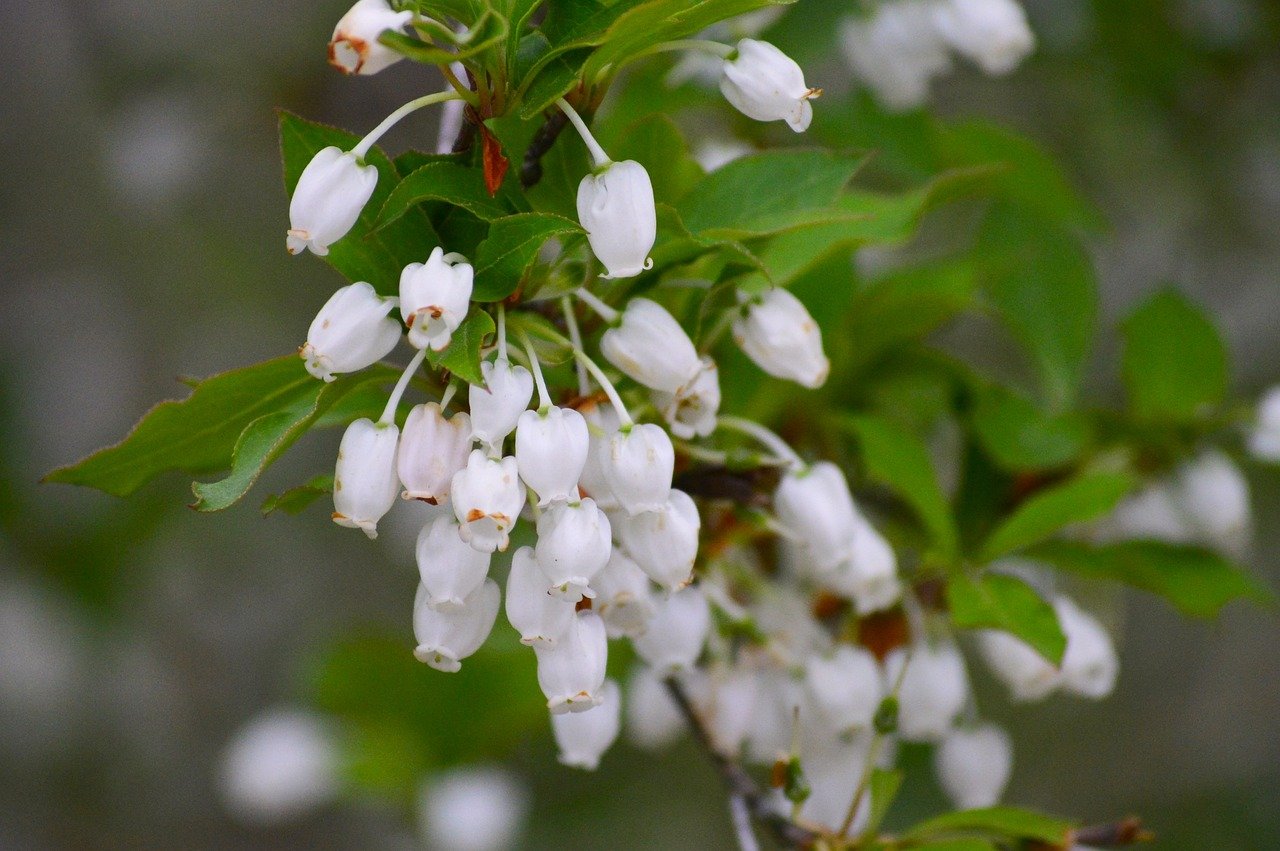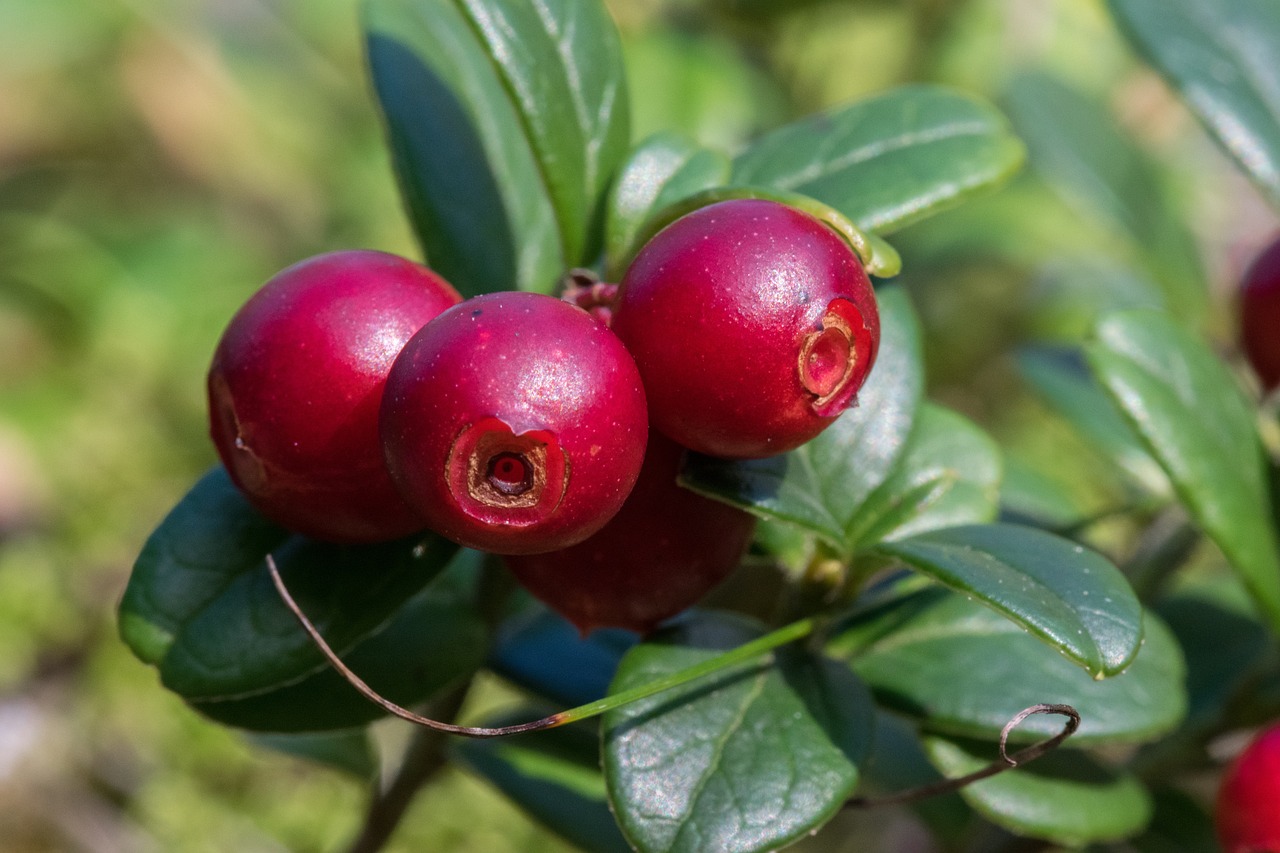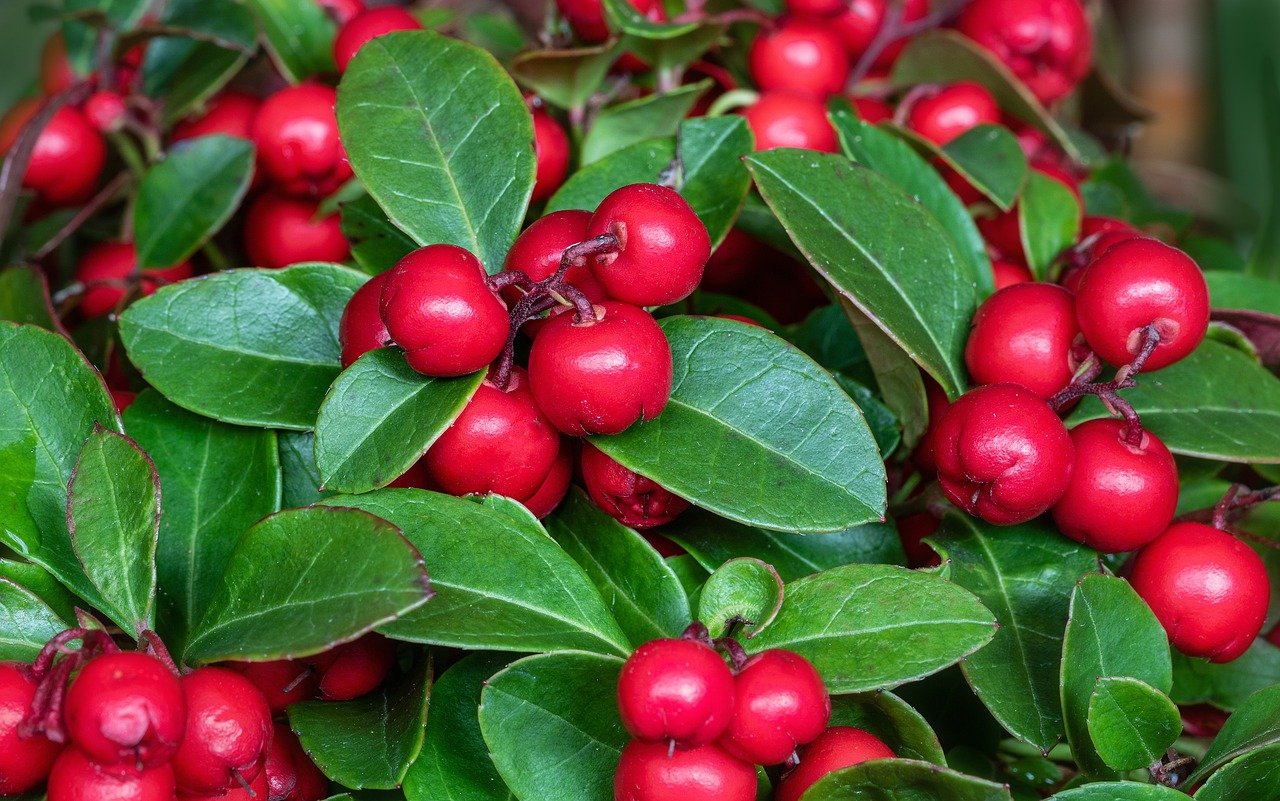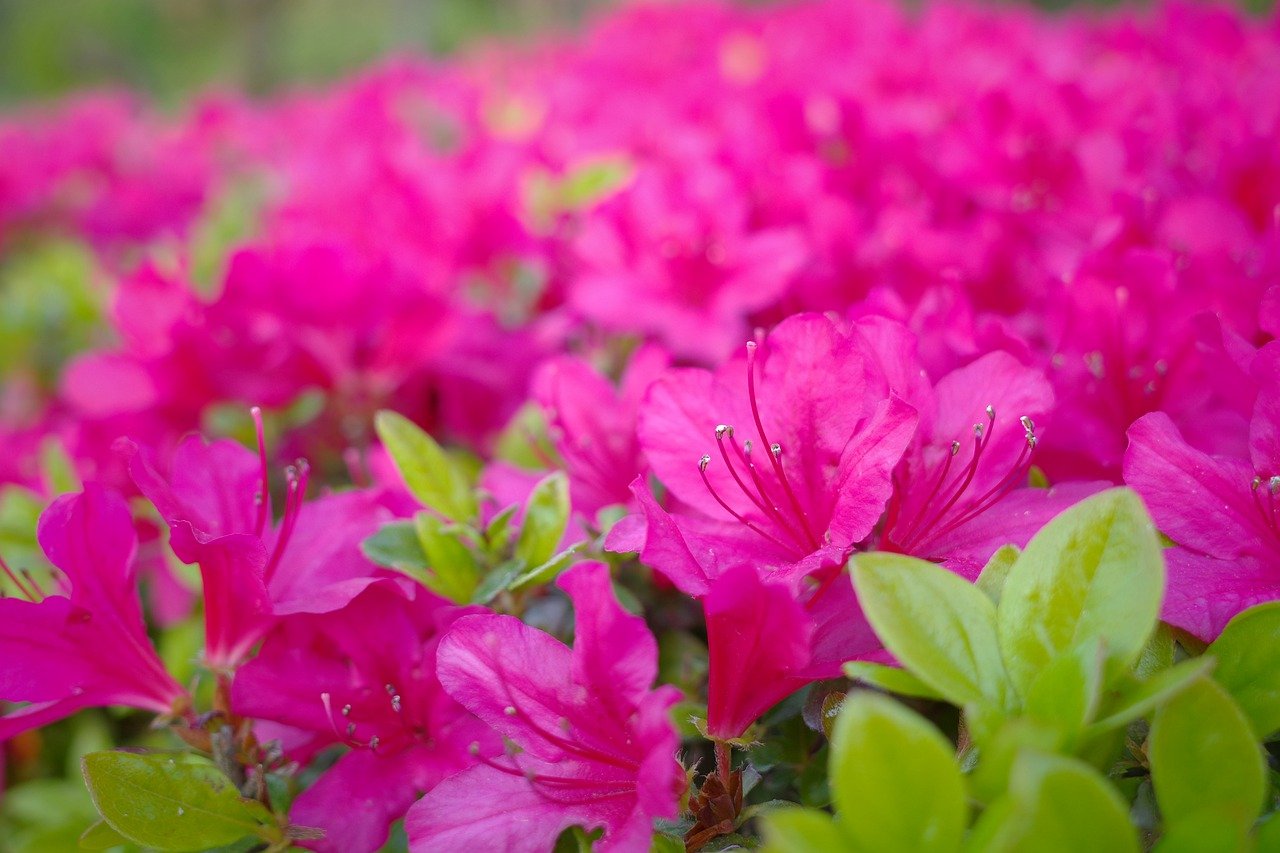Strawberry Tree | A Tree of Fruits and Faith from Mediterranean Monasteries

The strawberry tree is an evergreen species widely distributed along the Mediterranean coast, and as its name suggests, its ripe fruits resemble strawberries.
It is appreciated for the unique charm of displaying both beautiful flowers and vibrant fruits at the same time, making it a popular choice as an ornamental garden tree.
In this article, I will explain in detail the basic information, cultural and historical background, and essential tips for growing the strawberry tree.
Basic Information
- Scientific name: Arbutus unedo
- Family: Ericaceae
- Origin: Mediterranean coast, Western Europe
- Appearance: The strawberry tree can grow up to 5–10 meters in height. It has glossy dark green leaves and produces urn-shaped flowers, white or pale pink, blooming from autumn to winter. At the same time, red fruits ripen, round and slightly rough-skinned, resembling strawberries.
- Flowering period: Autumn to winter
- Fruit maturation: Winter to early spring
Cultural Significance Worldwide
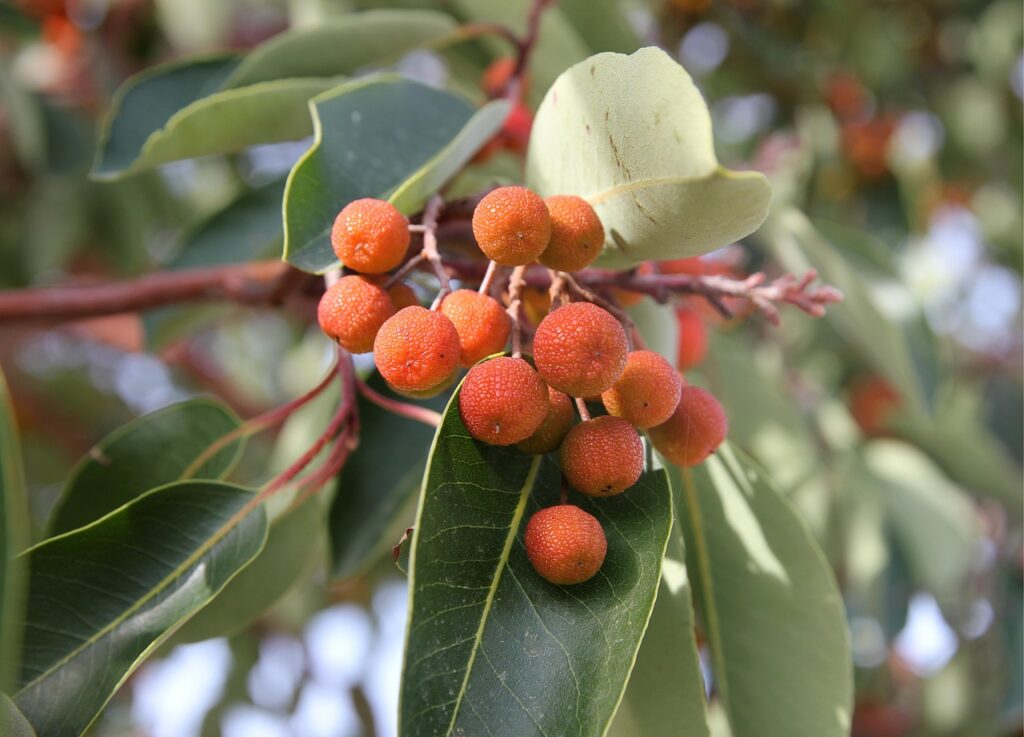
The strawberry tree is deeply rooted in Mediterranean culture, especially in Spain and Portugal.
In Madrid, Spain’s capital, the city emblem features a strawberry tree, symbolizing the city itself.
In Portugal, its fruits are distilled into the traditional spirit Medronho, an important part of local culture.
In ancient Rome and Greece, the strawberry tree was admired for its resilience and beauty, often regarded as a symbol of “endurance” and “immortality.” It was not only planted in gardens and parks but also used in temple decorations and religious rituals.
Historical Episodes
The history of the strawberry tree dates back to ancient Rome, when its fruits were consumed as food or used as offerings.
Its Latin name derives from unum edo (“I eat only once”), reflecting the anecdote that its fruits, with their unique taste, were not considered delicious, leading people to eat them only once.
During the Middle Ages, strawberry trees were incorporated into monastery gardens and aristocratic landscapes. Its hard and durable wood was also used for furniture and decorative objects.
Gardening Advice
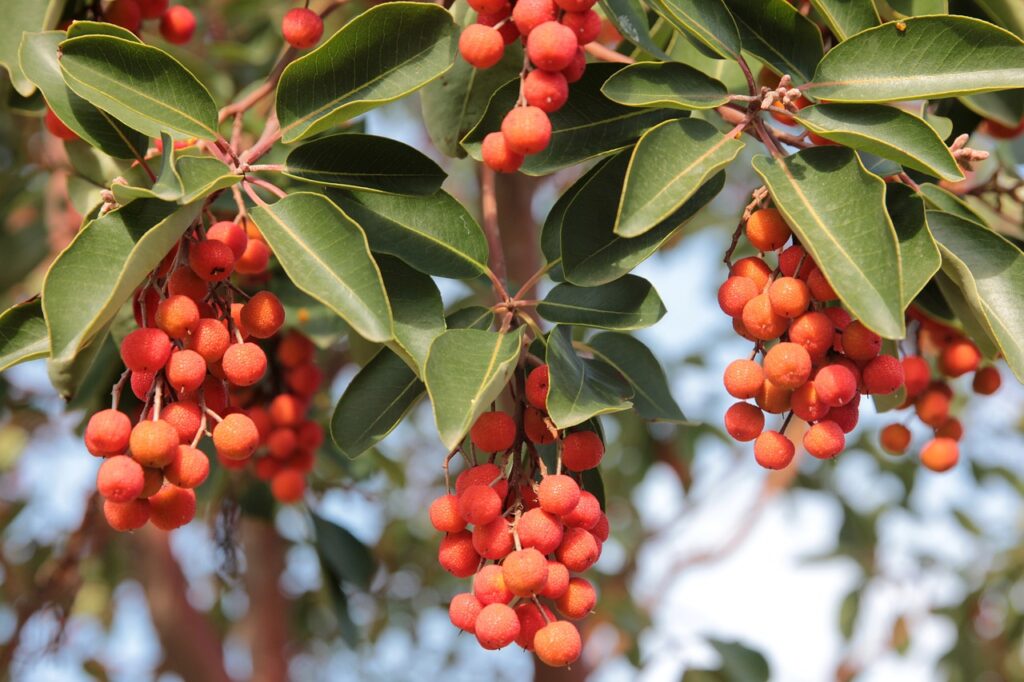
The strawberry tree is relatively easy to care for and adapts well to different environments. By keeping the following points in mind, you can enjoy its blossoms and fruits throughout the year.
Light
Prefers full sun but tolerates partial shade. Adequate sunlight is essential for fruit production.
Watering
Water moderately during the growing season. It is drought-tolerant, so watering after the soil dries is sufficient. Avoid overwatering.
Soil
Prefers well-drained soil, ranging from acidic to neutral. Adding compost or leaf mold at planting improves growth.
Pruning
Prune as needed to maintain shape, preferably after flowering or fruit harvest.
Fertilization
Apply slow-release fertilizer once or twice a year during the growing season to enhance flowering and fruiting.
Cold resistance
Fairly hardy but sensitive to extreme cold. In frost-prone areas, protect the tree during winter.
Conclusion
The strawberry tree is an attractive plant that offers seasonal beauty through its flowers and fruits.
I encourage you to grow it in your garden or balcony and enjoy both its ornamental and practical qualities.

